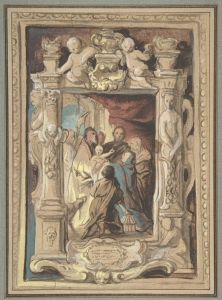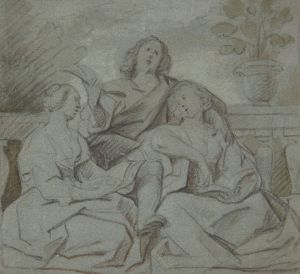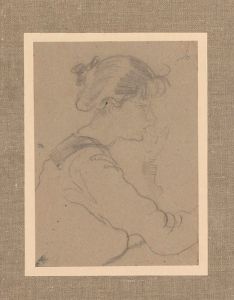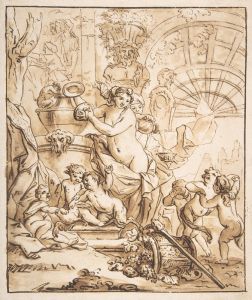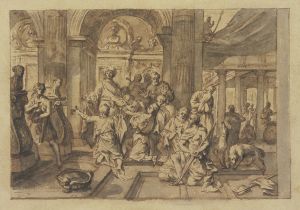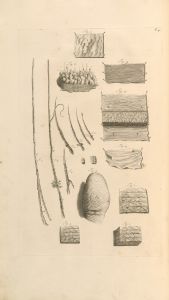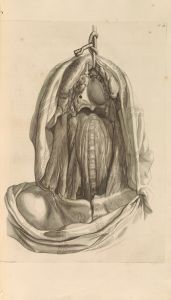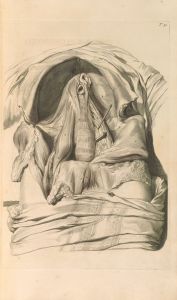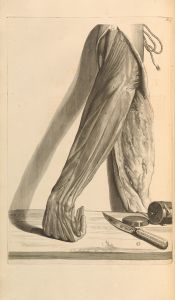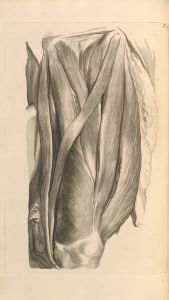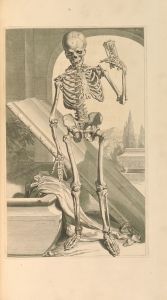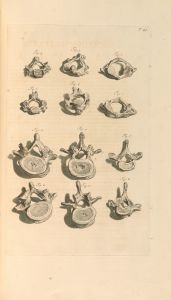
Anatomia humani corporis Pl.049
A hand-painted replica of Gerard de Lairesse’s masterpiece Anatomia humani corporis Pl.049, meticulously crafted by professional artists to capture the true essence of the original. Each piece is created with museum-quality canvas and rare mineral pigments, carefully painted by experienced artists with delicate brushstrokes and rich, layered colors to perfectly recreate the texture of the original artwork. Unlike machine-printed reproductions, this hand-painted version brings the painting to life, infused with the artist’s emotions and skill in every stroke. Whether for personal collection or home decoration, it instantly elevates the artistic atmosphere of any space.
Gerard de Lairesse (1640–1711) was a Dutch Golden Age painter and illustrator, known for his classical style and contributions to anatomical art. One of his notable works, Anatomia humani corporis Pl.049, is part of a series of anatomical illustrations created for the influential medical text Anatomia Humani Corporis by Govard Bidloo, a Dutch anatomist and physician. This book, published in 1685, is considered a landmark in the history of anatomical illustration due to its detailed and realistic depictions of the human body.
The illustrations in Anatomia Humani Corporis were engraved by Abraham Blooteling and others based on drawings by Gerard de Lairesse. These works were commissioned to accompany Bidloo's anatomical descriptions, providing a visual representation of human anatomy that was both scientifically accurate and artistically sophisticated. Plate 049 (Pl.049) is one of the 105 plates included in the book, each focusing on a specific aspect of human anatomy. While the exact content of Plate 049 is not described here, the series as a whole is known for its meticulous attention to detail and its use of cadaver studies to achieve anatomical precision.
De Lairesse's involvement in this project highlights his versatility as an artist. Although primarily recognized for his allegorical and historical paintings, his work on Anatomia Humani Corporis demonstrates his ability to adapt his skills to scientific illustration. The collaboration between Bidloo and de Lairesse reflects the intersection of art and science during the Dutch Golden Age, a period marked by significant advancements in both fields.
The illustrations in Anatomia Humani Corporis were groundbreaking for their time, but they were not without controversy. The book's detailed and sometimes graphic depictions of dissected bodies sparked debates about the ethics of anatomical study and the use of cadavers in art. Despite this, the work remains an important historical document, providing insight into 17th-century medical knowledge and artistic practices.
Today, Anatomia Humani Corporis and its illustrations, including Plate 049, are valued for their historical and artistic significance. They serve as a testament to the collaboration between artists and scientists in the pursuit of knowledge and the representation of the human form. Gerard de Lairesse's contributions to this project continue to be studied and appreciated by historians of art and medicine alike.





